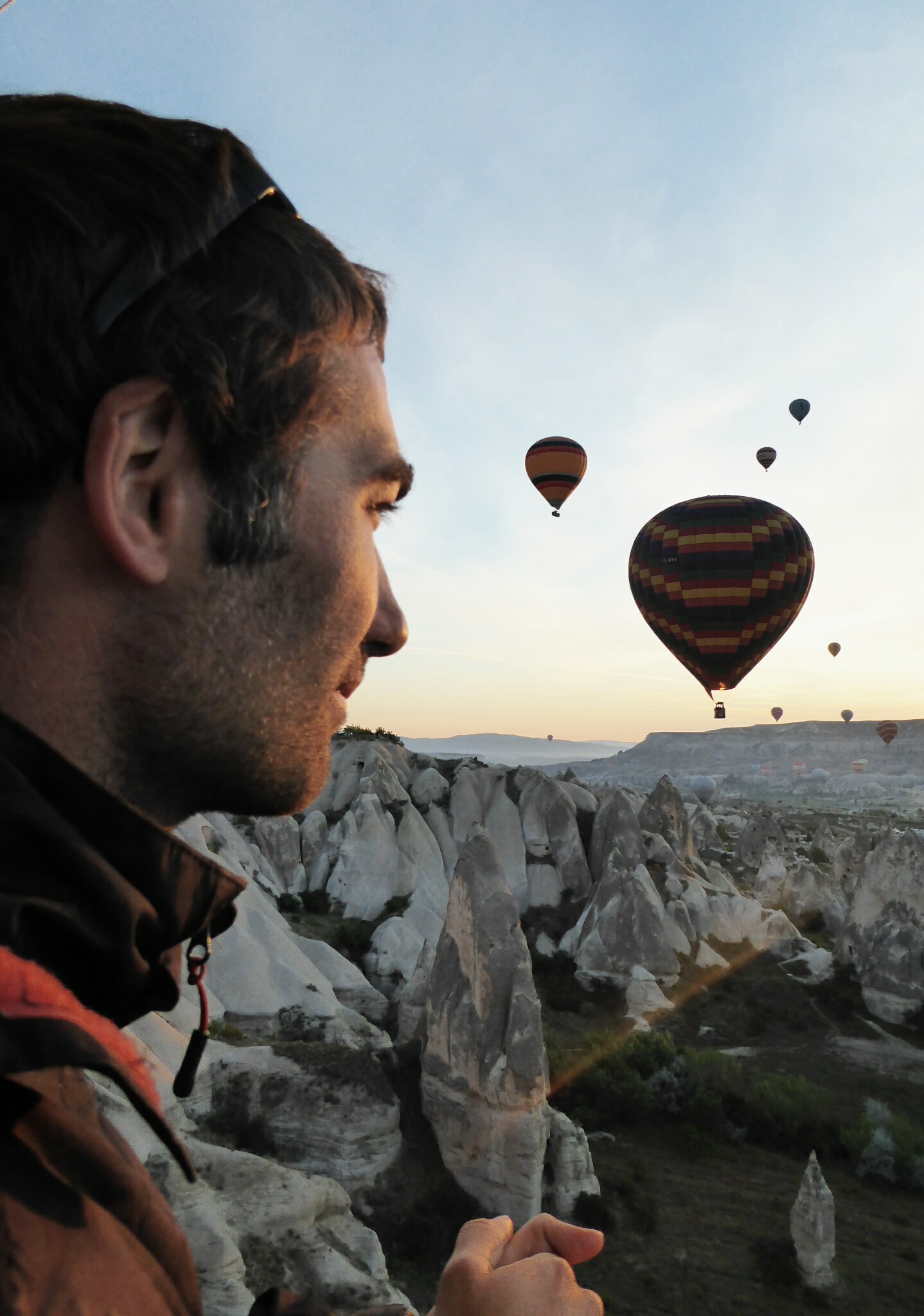
Since Venezuela is passing through a general improvement in terms of security, travellers have now the chance again to enter overland from Brazil (Colombian border has recently opened but seems not so safe yet).
Before going though, better to check the updated conditions as well as the entry requirements. Last but not least, withdrawing money with international cards is still impossible (some POS payments may be accepted in big cities though). Therefore you need to bring as much cash as required depending on the duration of your stay. In the event you wish to take any tour, check beforehand with the agency the accepted payment methods too.
Finally, take into account that national Bolivares have been swiped out of the market. Only Brazilian Reais (in the South until Ciudad Bolivar) and US dollars (in the North) are considered as official currencies nowadays.
-
FROM BOA VISTA TO PACARAIMA (214 KM)
This is just a formality. You either have the slow bus option (I followed myself) or the shared taxis (lotação) one. Buses usually leave in the morning (9 am) from the main terminal and cost 75 BRL, whereas taxis leave a bit further (check for example Cootrap Boa Vista/Pacaraima or COOTAP Cooperativa de Transporte in Google) and cost 85 BRL. The advantage of taxis is connected with faster transfers and sometimes (if you have a direct phone number) pick up at your door. I personally used the bus company Caburai which took almost 5 hours (with a 30 minutes lunch break) to get as far as Pacaraima bus terminal, from where you only need to walk 700 meters to Brazilian migration and about 1 Km to the real border.

-
IN PACARAIMA
As said, either the bus terminal and the taxis’ are at an easy walking distance from everything. In Pacaraima you have eateries, money changers and even an ATM (Banco do Brasil, very close to the border on the main road). The Brazilian migration headquarters are not so visible indeed, but stand on the right, inside a big white tent. You will see plenty of stranded people while walking there (almost all Venezuelans). They were harmless though. Only take into consideration that border formalities may be carried out from Monday to Friday. As a result, on Saturday and Sunday you won’t be able to stamp your passport. This is very important.

-
WALKING TO LA LINEA (VENEZUELA)
You need to follow for another Kilometer to reach the Venezuelan migration office. It is smooth and effortless. Even waiting time here is negligible. No Covid-19 or special documents were asked to me (November 2022 with a EU passport). They only inquired about my final destination. After stamping in your passport (which technically is not required if you just need to stay in Santa Elena de Uairén), you may flag down a shared taxi (very quick operation) to reach Santa Elena, around 16 Km away. The local, regular price should be 15 BRL. Hitchhiking could also work, but you will be in a tough competition with Venezuelans.

-
SANTA ELENA DE UAIREN
No much to do there, apart from a genuine Couchsurfing experience with Jeronimo and his welcoming family (they practice alternative, natural therapies too, if you are interested), a short walk around the dusty centre or a quick hike to the Cross viewpoint. Bear in mind that 4 to 6 days trekking tours to Roraima Mount have skyrocketed to 400 – 500 USD. Not sure if it is safe and recommended to do it alone instead. Anyways, you will need tent, sleeping bag, mattress, food and water for several days. Salto del Angel (highest waterfalls in the world) is also out of reach for a backpacker because of logistics (only reachable by plane + boat) and costs. I then resolved myself to explore some charming waterfalls in La Gran Sabana with my host (I gave him around 30 USD for petrol and food in exchange). When trying to go then to El Paují (on the way back to Brazil, close to the border, 70 Km inside from the primary road), I was stuck for 24 hours at a military checkpoint nearby the airport. As it turned out, in fact, given the economic crisis and lack of tourism, transportation is much complicate and traffic for hitchhiking reduced to the minimum. You thus need to charter private vehicles to stray off the main road.

My final experience in Venezuela was therefore limited to 6 days. For longer stays, you need to carry a lot of cash and be ready either to pay a fortune for special tours or wait huge amount of time for hitchhiking (even days : ), letting aside security issues (the country is not stable yet, especially in big cities). If you then wish to explore the North, bear in mind that flights from Caracas might be quite pricy and not regular.
This is unfortunately the high cost of alternative travels outside the Gringo trail : )








